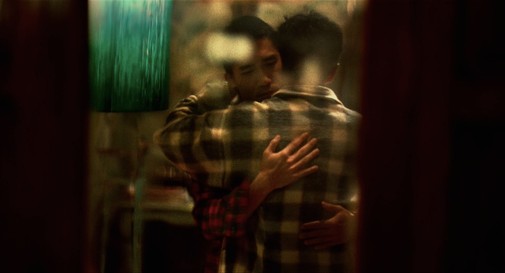The next episode of our series, 'Hit Me With Your Best Shot,' arrives Thursday night. Since the Cannes Film Festival is around the corner, it's focused on Wong Kar Wai's Happy Together, which screened at the Croisette 25 years ago. You still have time to participate! Here's Cláudio's entry.
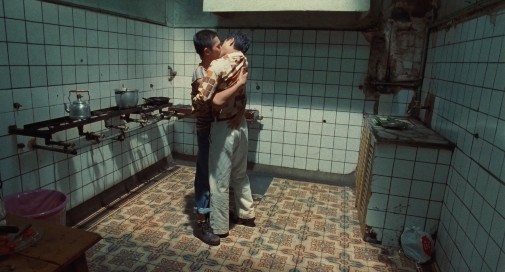
In film criticism, few expressions vex me more than the old "style over substance" adage. To presuppose the audiovisual stylings of any picture should be subordinate to its text, thus taking for granted that true depth exists only in narrative rather than form, is a fundamental misunderstanding of cinema as an art. Such matters come to mind because the works of Wong Kar Wai represent one of the best counterpoints to these erroneous wisdoms. The director's style is indissociable from whatever meaning, narrative, or emotion the viewer can take from his films. That is especially true of Happy Together, one of his masterpieces and one of my all-time favorite pictures…
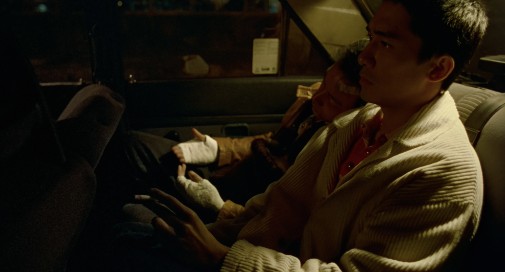
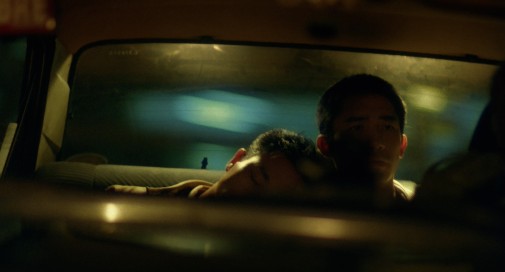
The opportunity to revisit Happy Together on the Hit Me With Your Best Shot series was both an exciting prospect and a daunting challenge. On the one hand, it's a visual feast from start to finish, so saturated with powerful imagery that its Blu-Ray should come with a warning - danger of cinephiliac overdose. But, on the other hand, how does one approach it to choose the best shot? This is maybe Wong Kar Wai's most impressionistic feature, comprising a collection of emotional states materialized through free-wheeling formalism. All about cutting and flashy visions signifying strong feeling, it's a tone poem teetering on the precipice of incoherence.
Neither reason nor rigor has a place in Happy Together. Instead, Wong Kar Wai, rock star cinematographer Christopher Doyle, plus the dynamic duo of William Chang and Ming Lam Wong in the editing room give themselves over to a sense of wild self-effacing euphoria. Watching the making of documentary Buenos Aires Zero Degrees, one understands just how unpredictable this film could be. From its novelistic inception to the final product, many radical changes occurred. Even now, when facing the screen, it's not too difficult to imagine the film taking on a different shape. Twenty-five years after its Cannes premiere, it still feels alive with possibility.
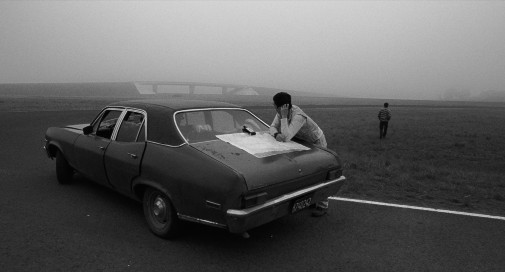
"Shooting of Happy Together was about to start, and there I was: a director with two characters in mind. We'd managed to find a city to put them in, but nothing else." – Wong Kar Wai.
Performing a tango to the ultimate breakup blues, Happy Together details the death rattle of a stormy relationship. Lai Yiu-Fai (Tony Leung) and Ho Po-wing (Leslie Cheung) travel from Hong Kong to Argentina, inspired by the desire to see the actual Iguazu Falls after falling in love with an animated lamp depicting the landscape. As it happens, the pair's bond is just as flimsy as the cheap tchotchke, and they break up almost as soon as they land. Memories of that first separation are a constant haunting, following them to Buenos Aires when, one night, they again cross paths. In the interim, Lai has been working at a tango club while Ho might have dabbled in sex work.
They're penniless and lonely, displaced in a foreign country whose language they can't speak. Quoting Wong Kar Wai one more time, he described how both himself and the characters grew to feel isolated – "…in a land of zero degree, with neither east nor west, has neither day nor night, which is neither cold nor warm, I learned the feeling of exile." The unmoored men keep finding each other, maybe out of desperation for any connection, any reprieve from that oh so painful truth that we're all alone, always. Add a little blood, and that's enough for the flame of toxic love to rekindle.
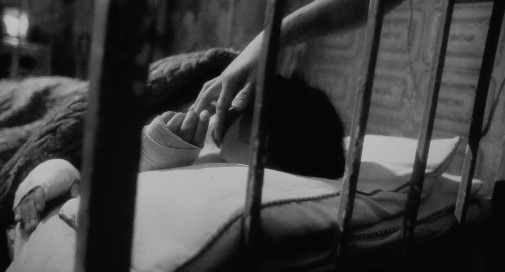
After Ho shows up beaten and helpless, Lai takes him in as both men agree to start over again. The black-and-white of the first heartbreak gives way to color, though monochrome keeps disrupting the flow just like memories often do. The entire film feels filtered by remembrance, distorted by time, pain, and rose-colored glasses. Whatever present we're seeing exists as past imperfect to these men, especially Lai, who narrates the film. Indeed, he confides in us some ugly truths, like how he prefers Ho when he's broken and in need, defeated by the world, and open to tenderness.
In this bad romance, there are no innocents, no villains or heroes. Cloistered in Lai's damp room, their love blossoms like mold that can only grow when unseen by the sun. As soon as wounds heal and independence is regained, cruel chasms open up between them. Here, the use of color becomes incredibly purposeful, though it's never linear. Their raggedy abode can go through a veritable rainbow within the same scene. The light looks green or red, rosy for a second, then sallow yellow going into gold, wet blue for sad nights, ashen grey for cold mornings.
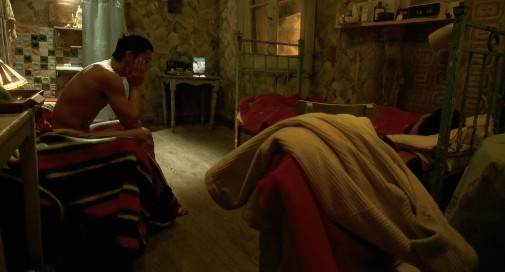
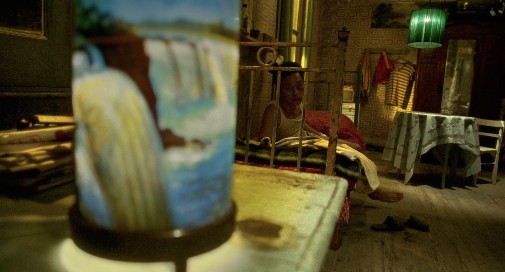
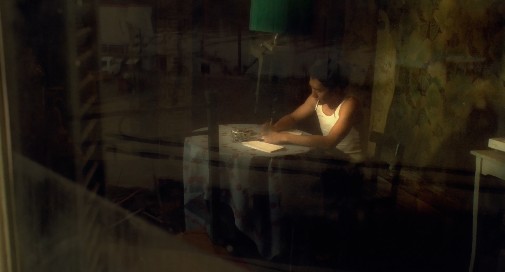
Sometimes chromatic signals get mixed, just as hatred can be in tandem with passion. A new acquaintance gives Lai some hope, a new link to the motherland for the sullen ex-pat. He's a whisper of hot flush into the world, but then jealousy infects the idyll. The friend mentions a lighthouse at the end of the world where people go to leave their sorrows. He takes Lai's tears there. But Lai himself stays behind, ready to leave and go back home. A wave of watery blood rhymes with a returned passport, one last connection severed between two lovers who can't be happy together.
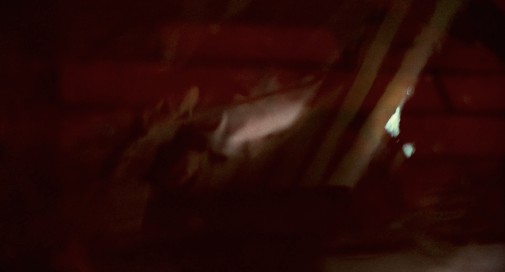
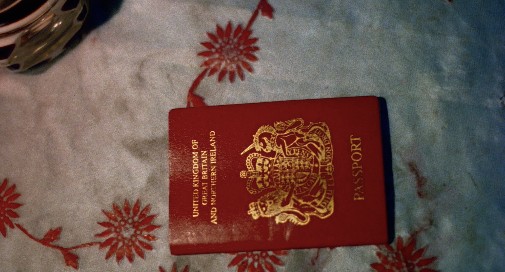
While it was shot on location using much of the room's real furniture, the film is a miracle of design. For example, William Chang added the palimpsests of clashing wallpaper to the room. Returning to the same place years later, the crew found the walls still covered in those patterns. Though they traversed Buenos Aires like ghosts – like Lai and Ho- there remained a physical mark of their passage. Indeed, as we go through life, all of us enter spaces and countless lives. While always alone, even lonely people leave their mark. The world is full of quiet souvenirs of our passage through it, whether wallpaper or memories. This film is an accumulation of such imagined marks.
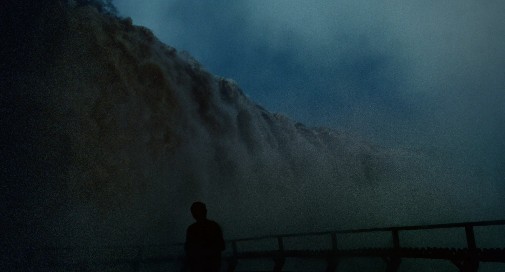
My favorite shot of Happy Together represents the souvenir that remains after something is lost forever. Separated, at long last, Ho and Lai think of one another still, their minds wandering to romantic dreams that can't last. One man regards the falls in person, his vision obscured by droplets, imperfect and abstract. The other dances with someone else, a stranger in a strange town. Catching a reflection or maybe just the glimmer of lost hope, his mind wanders to another dance. There, echoing an earlier scene, Ho and Lai embrace. They spin ever so slowly.
The mirror image is itself a spectral presence, immaterial like love and just as slippery. So beautiful, it's a reminder of what's forever out of reach – touch, connection, a passion that cannot be. That's my best shot:
Don't forget to post your #bestshot choices from Happy Together so that Nathaniel can include them in tomorrow's Best Shot post.
